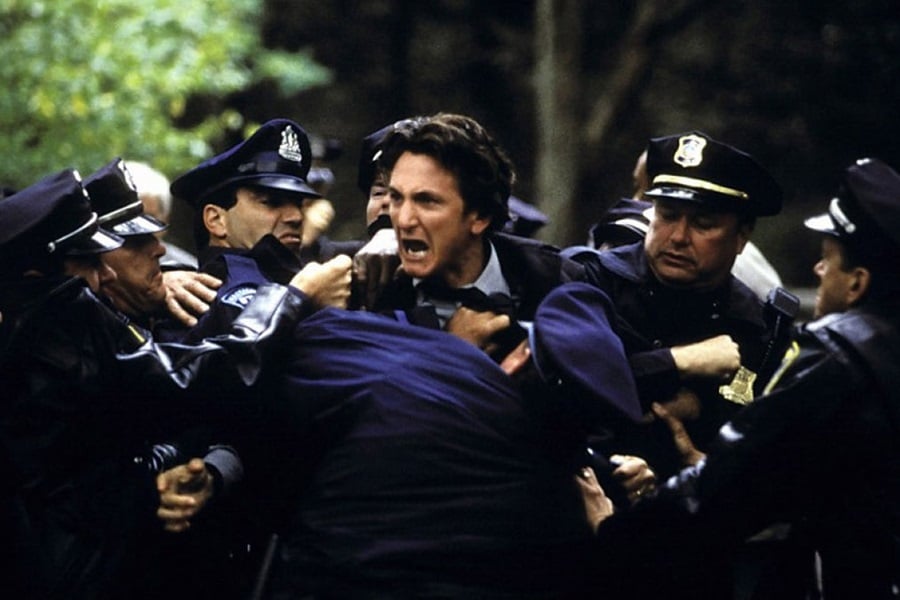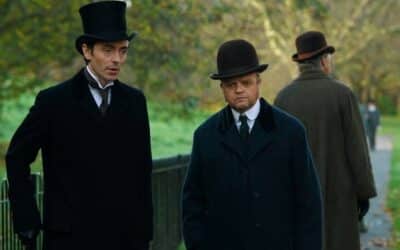
Researching a Crime Novel
Crafting a crime novel is like piecing together a puzzle where every detail matters. The whodunit, the motive, the twist—they all hinge on the credibility of the story. But here’s the thing: if you don’t do your homework, your readers will notice. They’ll sniff out a mistake like a bloodhound on a scent. That’s why research is the backbone of any great crime novel.
It’s the difference between a story that grips readers and one that falls flat. So, how do you conduct the research that will bring your crime novel to life? Let’s dive in.
Understanding the Crime
Every crime novel begins with a crime. It could be as simple as a theft or as complex as a serial killing. Whatever it is, you need to understand it inside and out. Take The Silence of the Lambs by Thomas Harris, for example. Harris didn’t just conjure up Hannibal Lecter out of thin air. He delved into the psychology of real-life serial killers, interviewing FBI agents and studying criminal profiles to create one of the most terrifying characters in fiction. The film adaptation, starring Anthony Hopkins and Jodie Foster, brilliantly captures the chilling realism that Harris’s research brought to the novel. When writing your crime, consider what makes it unique, and then dig deep into the details that will make it credible.
Researching Law Enforcement Procedures
Nothing pulls a reader out of a story faster than a botched police procedure or a courtroom drama that’s more drama than courtroom. If your protagonist is a detective, a lawyer, or even a criminal, you need to know how they do their job. Michael Connelly’s Bosch series, featuring LAPD detective Harry Bosch, is a masterclass in getting the details right. Connelly, a former crime reporter, knows the ins and outs of police work, and it shows. The Amazon Prime adaptation of Bosch brings this authenticity to the screen, making the procedural aspects of the story just as compelling as the crime itself.
To get it right, start by reading police manuals, court transcripts, and legal guides. Better yet, reach out to real professionals. Interview a detective, shadow a lawyer for a day, or sit in on a court case. The more you understand about the procedures, the more authentic your story will feel.
Exploring Forensic Science
Forensic science is the backbone of modern crime-solving, and it’s a goldmine for crime writers. From blood spatter analysis to DNA testing, the forensic details can add a layer of realism that makes your crime novel stand out. Patricia Cornwell’s Kay Scarpetta series is a great example of this. Scarpetta, a forensic pathologist, uses her expertise to solve crimes, and Cornwell’s meticulous research into forensic science shines through in every book. The novels were adapted into a television series, bringing the gritty details of the morgue and the lab to the screen.
If your novel involves forensics, don’t skimp on the research. Read up on the latest techniques, visit a crime lab, or consult with a forensic expert. Get the details right, and your readers will be hooked.
Getting the Setting Right
The setting of your crime novel is more than just a backdrop; it’s a character in its own right. Whether it’s the foggy streets of Victorian London or the sun-soaked beaches of Miami, the setting shapes the mood, the atmosphere, and even the plot. Take Mystic River by Dennis Lehane, for example. The novel’s gritty Boston setting is integral to the story, shaping the characters and the crime. Clint Eastwood’s film adaptation captures this perfectly, using the city’s somber, working-class neighborhoods to enhance the story’s dark themes.
To get your setting right, visit the location if you can. Walk the streets, talk to the locals, soak in the atmosphere. If you’re writing about a place you can’t visit, immerse yourself in books, maps, and documentaries about the area. Make your setting vivid and real, and it will breathe life into your story.
Interviewing Experts
Books and articles can only take you so far. To add depth and authenticity to your crime novel, you need to talk to people who live and breathe the world you’re writing about. Whether it’s a seasoned detective, a forensic psychologist, or a defense attorney, their insights can provide invaluable details that you won’t find in any textbook. For example, when researching The Firm, John Grisham spoke with lawyers to understand the ins and outs of big law firms, which added a layer of realism to his novel. The film adaptation, starring Tom Cruise, captures the tense, high-stakes world of corporate law, thanks in part to Grisham’s meticulous research.
When interviewing experts, prepare thoughtful questions and be respectful of their time. These conversations can reveal the small details that make your characters and plot more believable.
Staying True to the Era
If your crime novel is set in a different time period, historical accuracy is crucial. The way crimes were committed, investigated, and prosecuted in the 19th century is vastly different from today. The Alienist by Caleb Carr is a prime example of a well-researched historical crime novel. Set in 1896 New York, the book follows Dr. Laszlo Kreizler, an early criminal psychologist, as he investigates a series of brutal murders. The novel’s rich historical detail and accurate depiction of early forensic techniques make it a standout. The television adaptation brings the grimy, dangerous streets of Gilded Age New York to life, capturing the era’s atmosphere and tension.
To research a historical setting, dive into primary sources like newspapers, letters, and court records from the era. Read histories and biographies, and don’t overlook the importance of understanding the social norms and language of the time.
Balancing Fact with Fiction
Research is vital, but remember that you’re writing a novel, not a textbook. The key is to blend the facts with your story in a way that enhances the narrative without overwhelming it. Take Gone Girl by Gillian Flynn, for example. Flynn’s research into criminal investigations, media frenzy, and psychological manipulation is evident, but it never overshadows the plot. Instead, it enriches the story, making the twists and turns more believable and the characters more compelling. The film adaptation, directed by David Fincher, successfully balances these elements, keeping the audience gripped from start to finish.
As you conduct your research, keep your story front and center. Use the details you’ve gathered to create a world that feels real, but don’t let them bog down the narrative. The goal is to create a seamless blend of fact and fiction that keeps your readers engaged and wanting more.
Writing a crime novel is a complex, demanding task, but thorough research can make all the difference. By understanding the crime, law enforcement procedures, forensic science, and the setting, and by consulting with experts and staying true to the era, you can create a story that is both thrilling and believable. So, roll up your sleeves, dive into the details, and get ready to craft a crime novel that will keep your readers on the edge of their seats.
More How To Features
Querying a Mystery
How to Write a Query Letter That Won’t Get You Ghosted
Crafting the Character
Creating Characters as Mysterious as Your Plot
Subtext in Suspense Scripts
How Subtext Drives Suspense in Thrillers and Mysteries



